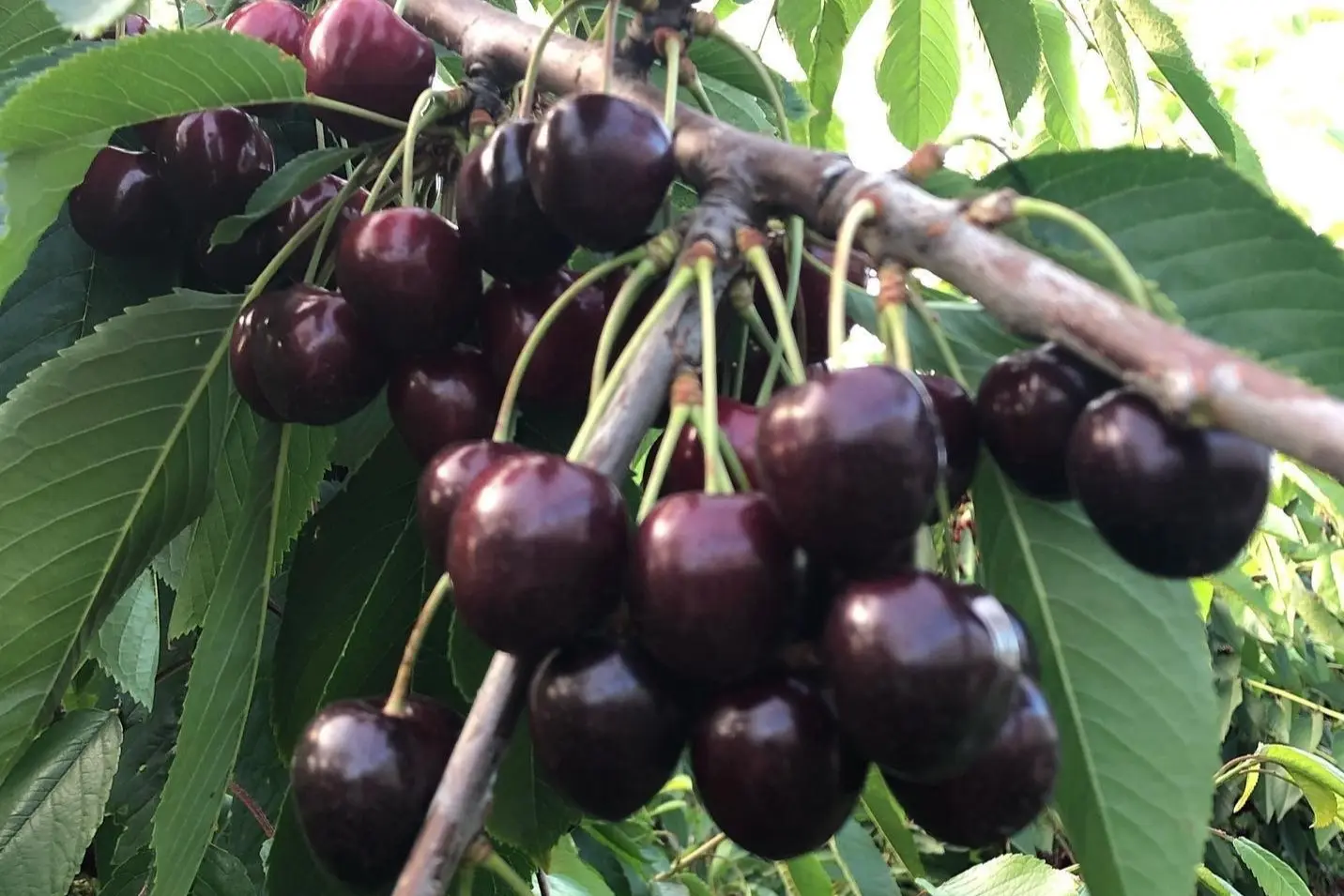The cracking of sweet cherries, mainly caused by rainy phenomena, represents a significant obstacle for production. This problem has a significant impact on the quality and marketability of the products, making it necessary to identify effective and accessible solutions that are especially tailored to the climatic conditions of each cultivation area.
Furthermore, it is necessary to understand the correlation between susceptibility to cracking and the quality parameters of the fruits in order to improve field management and provide assistance to farmers. The purpose of this investigation conducted in Romania was to determine the degree of correlation between the susceptibility of sweet cherries to cracking and various quality attributes.
The researchers sought to identify critical attributes that could influence cracking in order to provide insights on how to improve fruit quality while simultaneously reducing the risk of damage. The cracking of sweet cherries was examined over two growing seasons (2022-2023), also measuring specific quality parameters, including fruit weight, flesh firmness, pH, total soluble solids, fruit maturity index, and color.
Investigation in Romania
The investigation focused on the cultivars 'Ferrovia', 'Kordia', and 'Skeena' grafted onto the rootstock 'IP-C8'. The influence of both genetic and environmental factors was evident in the significant variability observed among the different cherry genotypes.
Compared to the 'Skeena' cultivar (6.65 g/fruit), both the 'Ferrovia' and 'Kordia' cultivars had higher average fruit weights (7 g/fruit). This could suggest that heavier fruits, such as those of 'Ferrovia' and 'Kordia', might be more susceptible to cracking due to increased water absorption, especially in conjunction with precipitation.
The pulp firmness values of 'Skeena' (47.78 N) and 'Ferrovia' (49.30 N) cultivars were relatively high. Fruits that are more consistent typically have a more resistant skin, which can reduce their susceptibility to cracking; however, this is not always guaranteed.
Cracking susceptibility and quality
Moreover, high fruit acidity is correlated with a lower pH, which can affect the firmness of the cherry. Fruits with a higher level of acidity often exhibit a more fragile skin structure, which can make them more susceptible to physical stresses and cracking.

The induced fracture index was higher for cv. 'Kordia' (1.67), followed by cv. 'Skeena' (1.27), and cv. 'Ferrovia' (0.27). Compared to 'Ferrovia', 'Kordia' and 'Skeena' are more susceptible to cracking under stress conditions, as evidenced by their higher values.
The induced cracking index highlights how the cultivars react to adverse conditions, such as excessive rainfall. Compared to the 'Ferrovia' cultivar, which might be more resistant, the higher value in 'Kordia' implies that it is more susceptible to cracking under stress conditions.
Conclusions
The correlation between cracking indices and fruit characteristics offers valuable information for cherry production. In conclusion, cracking seems to be favored in those fruits characterized by reduced pulp firmness and greater weight.
Moreover, this susceptibility can also be influenced by lower pH levels.
Source: Chivu M, Butac M, Hera O, Asănică A. Correlation between Sweet Cherry Quality Attributes and Fruit Cracking Index. Food Sci Nutr The. 2024;10(1): 072-076. Available from: 10.17352/jfsnt.000052
Melissa Venturi
University of Bologna (ITA)
Cherry Times - All rights reserved













